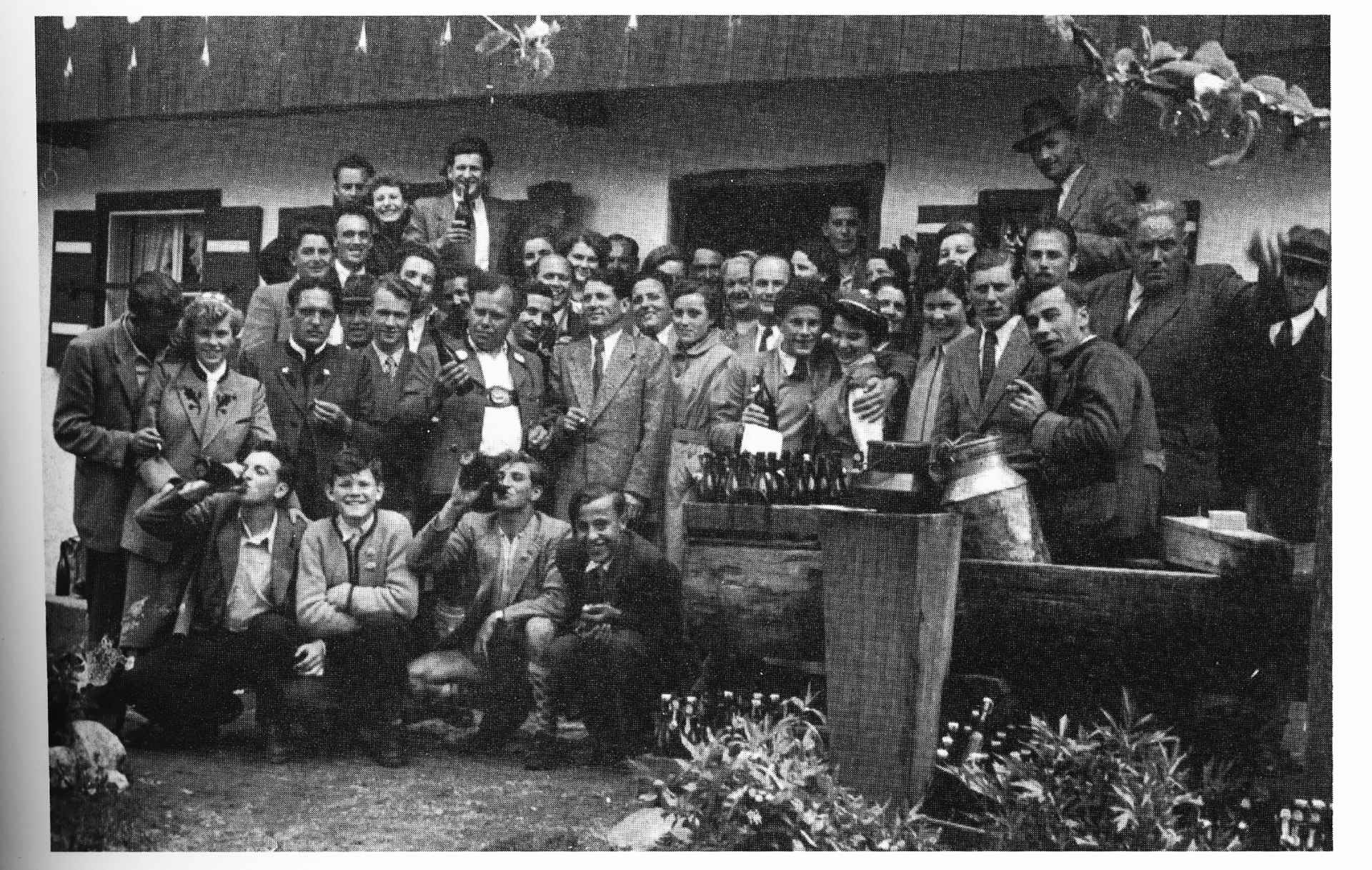1952
LOWA experiences a crisis.
The Korean conflict causes the availability and prices of leather to swing sharply, and the company miscalculates. The former apprentice Josef Lederer, who was managing director by this time, and Lorenz’s daughter Berta, the head of sales, rescue the company. Josef and Berta marry on 5 July.
1953
Lorenz Wagner, the head of the company and its founder, has died. The next generation takes over the management of the company.
Sepp and Berta Lederer succeed in stabilising the economic situation of the shoe factory.
1957
LOWA KG is established on 13 February 1957.
Josef Lederer and his brother-in-law Josef Wagner become personally liable partners. Berti Lederer acts as limited partner. The new marketing strategy: LOWA focuses on collaboration with experienced mountain climbers and provides the equipment used during expeditions to the world’s highest mountains during the following years.
1962
The “mountaineering and ski boots with a kick” are a hit, and LOWA continues to grow.
At this point, the company employs 95 people and generates turnover of about DM 2.5 million.
1970
Josef Lederer boldly invests in the future of LOWA.
After acquiring a vulcanising system in the 1960s, he purchases a polyurethane injection moulding machine for ski boots. In doing so, he becomes an industry pacesetter. LOWA TOTAL is introduced to the market.
1972
The development team at LOWA then pulls off its next big success.
With the help of an inflatable air cushion, the inner-boot of a ski boot can be adjusted to exactly fit the wearer’s foot. The new boot is christened LOWA AIR and remains a top seller for years.
1977
LOWA expands sales beyond Germany.
On 25 October 1977, Fritz Müller of Interlaken signs an agreement that remains in effect today LOWA Switzerland continues to be a subsidiary.
1982
The year of 1982 marks a mountaineering-boot milestone.
With the TREKKER model, LOWA ventures into new terrain. With success! From now on, trekking shoes are an integral part of the collection.
1983
LOWA employs more than 100 people in Altmühlmünster, Altmannstein, Pirmasens and Jetzendorf.
Twenty percent of the company’s shoes are exported.
1988
The next change of generations at LOWA appears on the horizon.
After Josef Wagner leaves LOWA in 1979, Josef Lederer resigns from his position and passes the reins of leadership to his son Stefan Lederer. Stefan Lederer then develops the area of trekking shoes and lightweight hiking boots.







